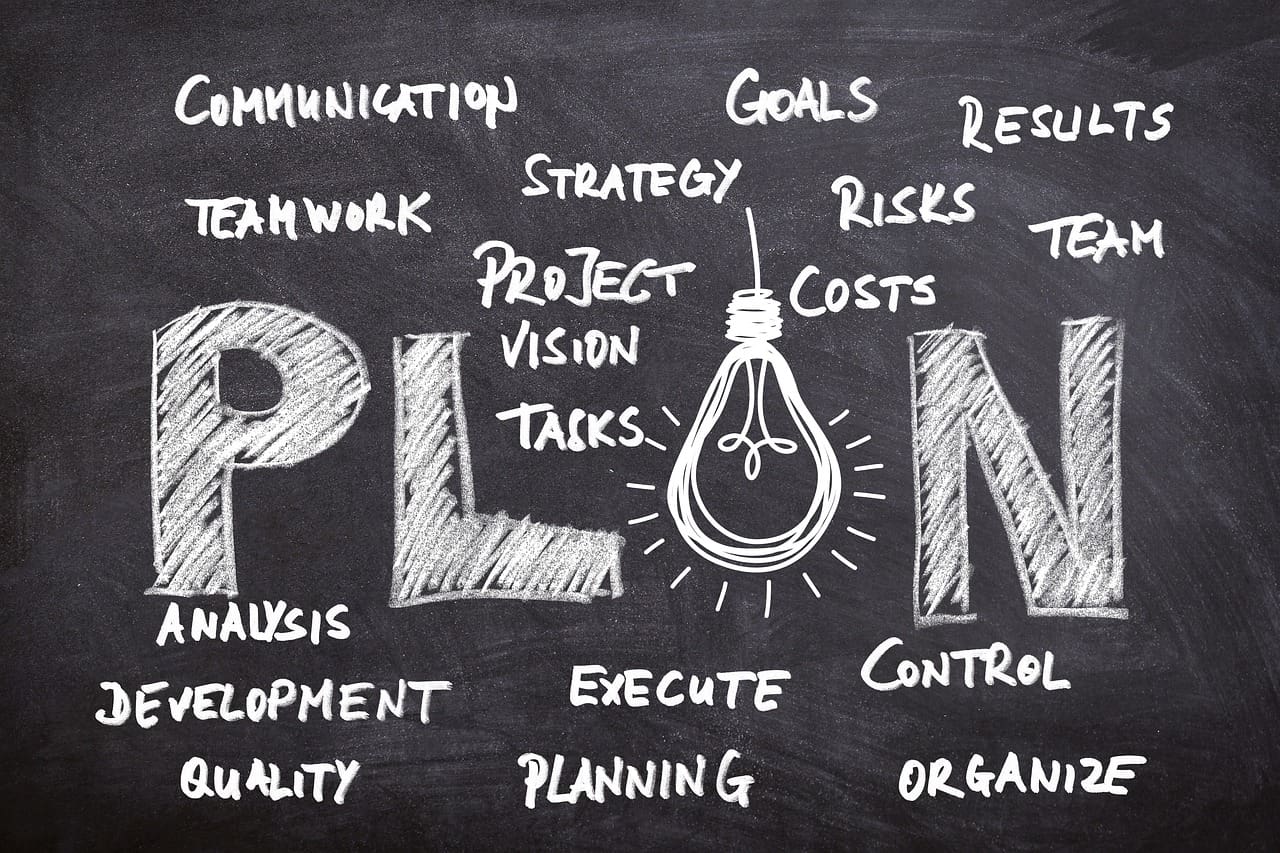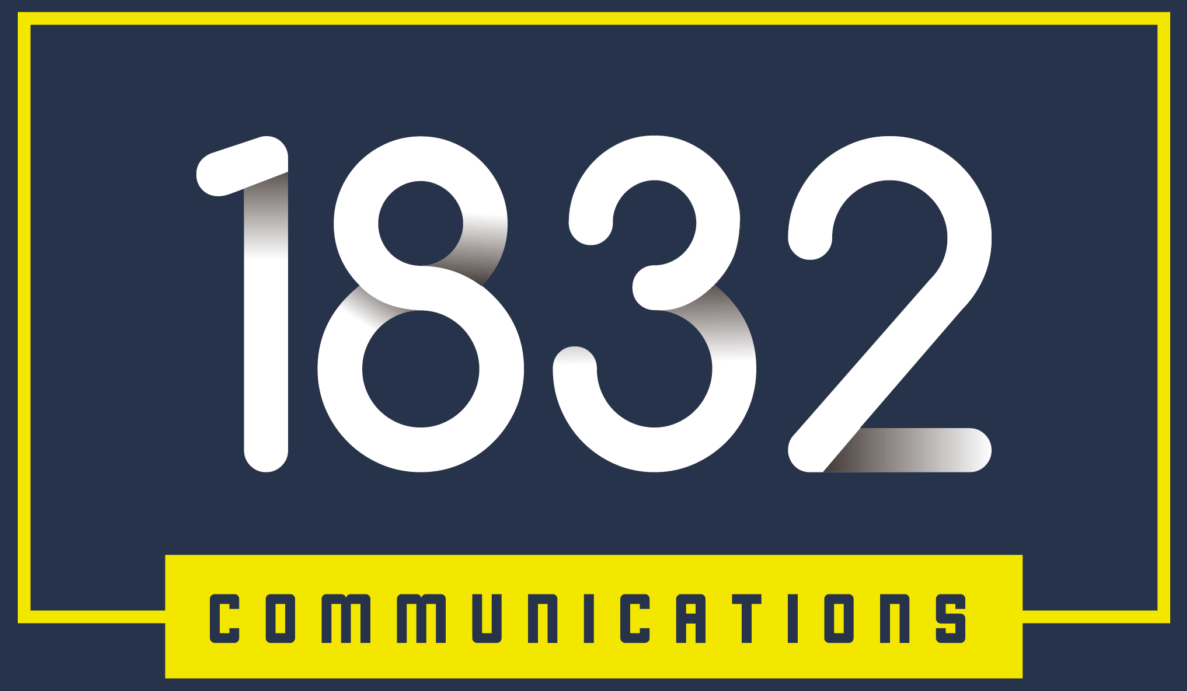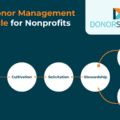Guest post by Aly Sterling
Picture this: It’s the beginning of the year, and it’s your responsibility to plan your disaster relief nonprofit’s campaigns for the upcoming quarter. Your boss instructs you to develop any type of fundraising campaign that will help your organization reach its current goals.
There’s only one problem: what are your organization’s current goals? Last week, your team discussed increasing donor retention, but two days ago, another department gave a presentation on building capacity for operational expenses. Additionally, your organization has grown so much within the past year that you’re no longer sure its mission statement is relevant.
This scenario indicates a strong need for guidance and direction in the form of a strategic plan. To help nonprofits in a similar situation, this guide will explore what a nonprofit strategic plan entails, why it’s important and how to create one.

What is a nonprofit strategic plan?
A nonprofit strategic plan is an action-oriented document that aligns an organization’s goals with its values. This document provides a foundation for future endeavors, helping organizations prepare for challenges and drive growth.
Why is strategic planning important for nonprofits?
As indicated in the scenario above, your nonprofit may have many different goals, values and ideas at any given time. A strategic plan maps out these elements, prioritizes them and provides your organization with direction so you can start taking action.
For example, let’s say you want to improve your fundraising strategy. This broad initiative may entail the following actions:
- Refining your fundraising goals
- Enhancing your donor stewardship efforts
- Cultivating stronger relationships with potential major donors
- Updating your gift range chart
- Revamping your case for support
- Developing more enticing campaign marketing materials
- Tracking relevant fundraising metrics
With a strategic plan, you can sort through these potential focus areas, choose the most relevant ones and apply them to your organization. That way, you’ll get everyone on the same page and confidently work together toward your goals.
What are the benefits of strategic planning for nonprofits?
Engaging in the strategic planning process allows your nonprofit to unlock the following benefits:
- Better time management. When you know your top priorities, you can more effectively manage your workload and focus on the most critical tasks first.
- Enhanced decision-making. A strong strategic plan empowers you to make decisions based on what serves your nonprofit’s current needs and what doesn’t.
- Improved staff and board management. Within your strategic plan, you’ll outline each team member’s role and responsibilities in achieving your goals, making it easier to allocate tasks and get things done.
- Better understanding of your guiding principles. Since the strategic planning process involves repeatedly reviewing your nonprofit’s values, it can make those principles more tangible and help team members engrain them in their work.
- Strengthened mission statement. If your nonprofit’s mission statement no longer reflects your work and goals, you can use the strategic planning process as an opportunity to revamp it.
- Opportunity to assess results. Forming clear goals and deciding on key performance indicators (KPIs) allows you to evaluate your approach using data, making it easier to identify improvement areas.
The entire strategic planning process allows your nonprofit to pinpoint strengths, weaknesses and opportunities for growth that can strengthen your overall operations and approach to your mission.
What does the strategic planning process look like?
Now that you understand the basics of strategic planning, it’s time to embark on the process. Aly Sterling Philanthropy’s nonprofit strategic plan guide recommends following this three-step framework:
1. Assess your current state
To identify room for improvement, you must first determine your starting point. Analyze your nonprofit’s history, infrastructure, core programs and vision for the future to understand how your organization currently operates.
Then, gain a more holistic view of your nonprofit by surveying various stakeholders. The more groups you tap into, the more perspectives and insights you’ll gain into people’s experiences with your organization. Talk to stakeholders like:
- Current and past board members
- Current major donors
- Influential community members
- Volunteers and staff
- Beneficiaries
For example, a staff member may point out that 70% of your nonprofit’s donation revenue comes from one-time donors. While every gift counts, you may consider how to convert one-time donors into recurring supporters to develop a more reliable revenue stream.
2. Align your team on top goals and priorities
Compile the information you’ve gathered from your research and surveys. Then, meet with board and staff members to analyze this information, identify key issues and formulate potential solutions.
For example, perhaps a volunteer mentioned that many of their fellow volunteers feel underappreciated by your organization. Your database reflects this sentiment, indicating a volunteer retention rate of only 27%. Based on this information, your team decides to prioritize volunteer relations and retention.
To combat this issue, eCardWidget recommends implementing strategies like segmenting volunteer communications, incorporating flexibility into volunteer opportunities and practicing thoughtful volunteer appreciation.

Image by Gerd Altmann from Pixabay
3. Act on those priorities with a clear plan
Outline the information your team needs to implement your key priorities. The main elements of your plan may include:
- Action steps. Break your priorities down into smaller tasks to make them actionable. Continuing the previous example, instruct your team to develop volunteer segments in your CRM, identify flexible volunteer opportunities your organization could implement within the next six months and create a new volunteer thank-you letter template.
- Timeline and milestones. Creating a timeline for goal completion will keep your team on track and help them manage their time effectively. Along the way, add milestones to your calendar that allow team members to check in and evaluate their progress.
- Leaders. Assign staff and board members to specific roles so they know what they’re responsible for. Try to answer any questions they may have upfront so they can be productive from the start.
- Necessary resources. Note the new resources you’ll need to successfully execute your goals, whether certain technologies, more staff members or additional training.
- Future and ongoing actions. Determine how you’ll continuously improve upon your goals and any actions you must repeat to keep everything running smoothly. For example, you may make a note to update your volunteer segments every six months to ensure they’re still relevant.
Consolidating everything into a clear action plan can be challenging. To access an objective perspective and strategic planning expertise, work with a nonprofit consulting firm that has helped other charitable organizations sort and implement their priorities.
Remember that strategic planning is an iterative process. Revisit your plan regularly to ensure it’s still relevant and aligned with your most pressing priorities. Don’t be afraid to revise it to align with new initiatives as your old ones become less essential.
 Aly’s decision to start her own business in 2007- Aly Sterling Philanthropy– was driven by her belief in leadership as the single most important factor in organizational success. She was determined to work with multiple causes at one time to scale societal change.
Aly’s decision to start her own business in 2007- Aly Sterling Philanthropy– was driven by her belief in leadership as the single most important factor in organizational success. She was determined to work with multiple causes at one time to scale societal change.
Today, she manages the strategic direction and growth of her firm while advising select clients on the organizational opportunities that impact their mission success, scalability and sustainability. Aly’s expertise includes fundraising, strategic planning and board development for the well-positioned nonprofit. She recently earned certification in the 21/64 approach to working with multigenerational families with funds, foundations and other philanthropic enterprises.
Aly is regularly sought for comment by trade and mainstream media, including the Chronicle of Philanthropy and U.S. News & World Report. She is a frequent presenter for regional and national organizations including NetJets, Owens Corning, Philanthropy Ohio, Ronald McDonald House Charities, Boys & Girls Clubs of America and First Tee.



